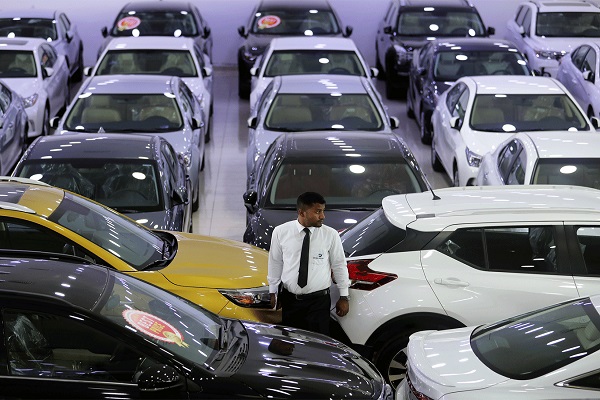 English
English

Demand for automobiles in India continues to be uncertain even though the sharp slide in sales during April to June slowed in July which could reflect the release of pent-up demand following gradual easing of restrictions to contain coronavirus pandemic, Fitch Ratings has said.

Mumbai (Maharashtra): Demand for automobiles in India continues to be uncertain even though the sharp slide in sales during April to June slowed in July which could reflect the release of pent-up demand following gradual easing of restrictions to contain coronavirus pandemic, Fitch Ratings has said.
The loss and working-capital mismatch due to production and sales disruptions caused cash burn in excess of Rs 4,000 crore during Q1 FY21 but the company's efforts to conserve cash by reducing investments and securing Rs 4,000 crore of debt helped to marginally improve its liquidity buffer at standalone level compared with March. (ANI)